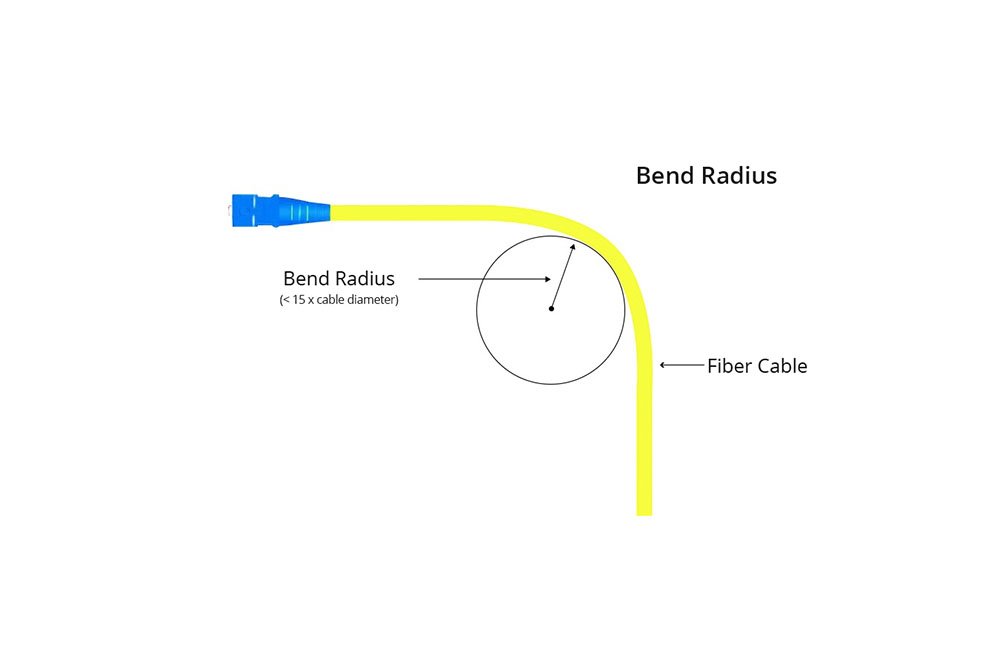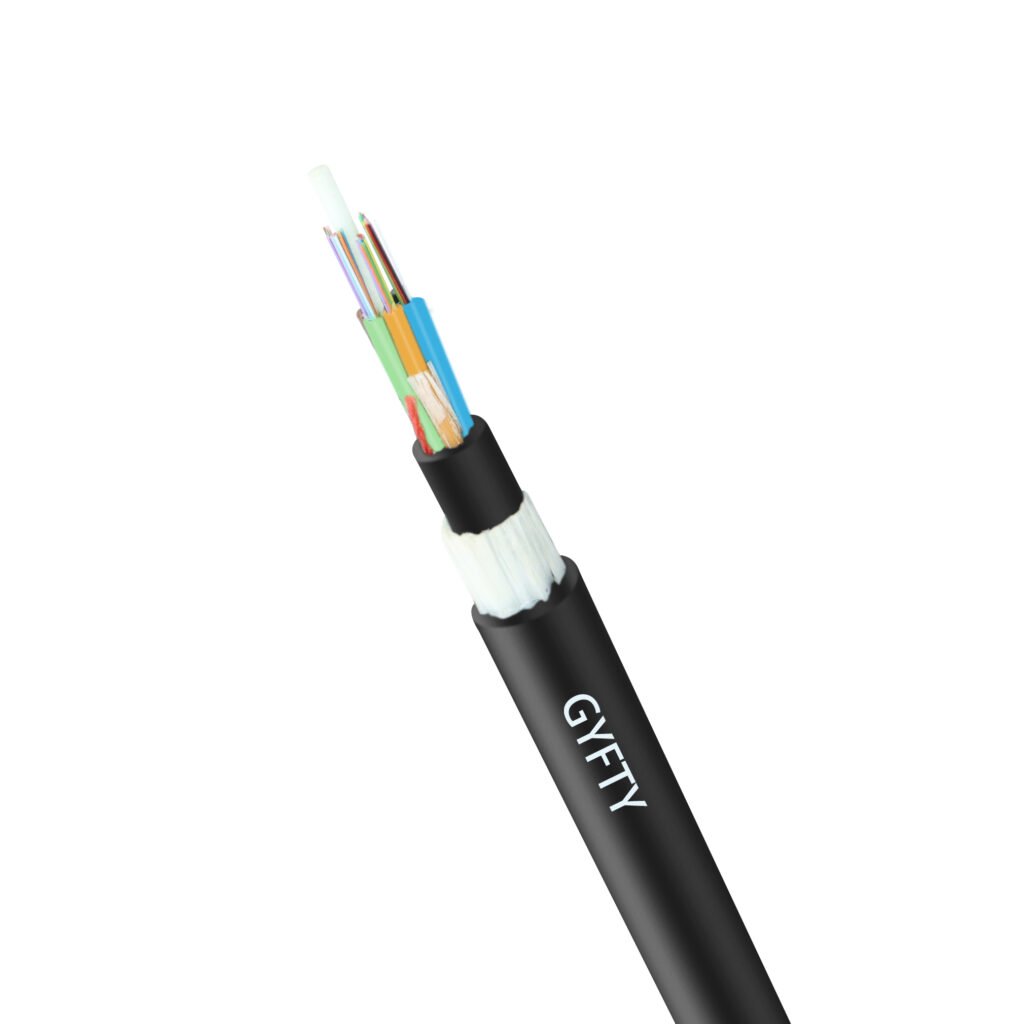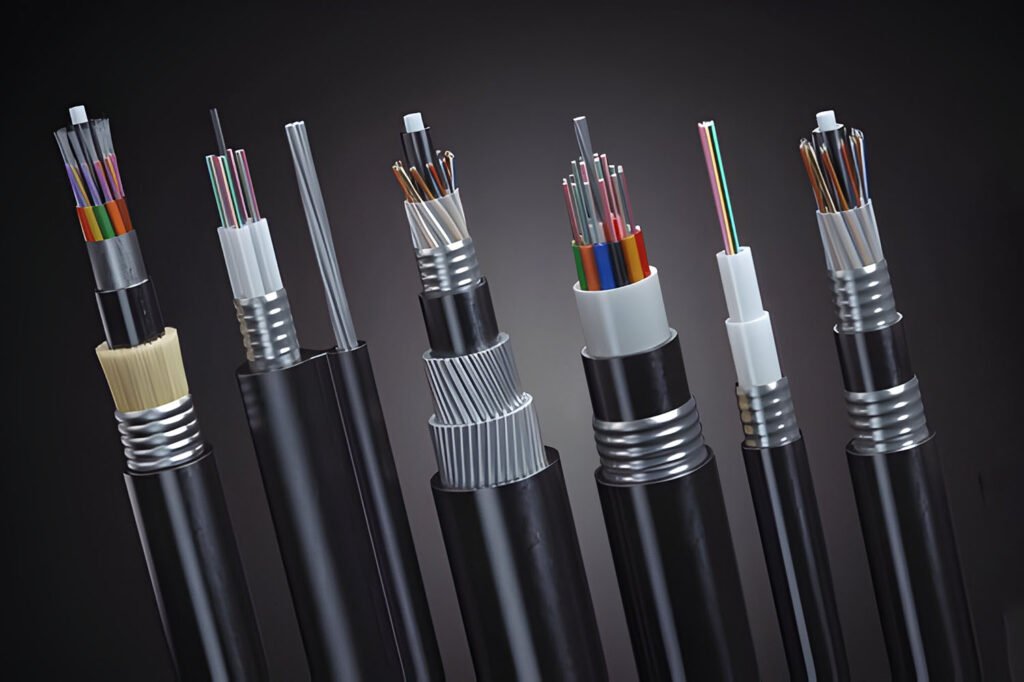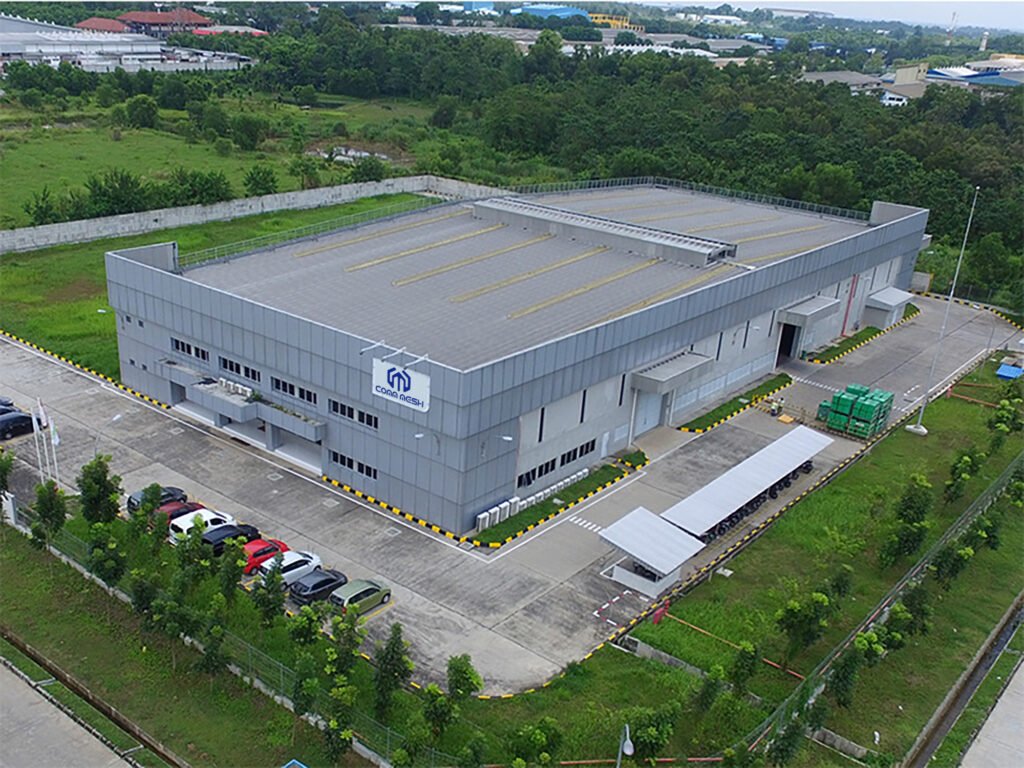Fiber Bending Radius: Key to Signal Performance

When it comes to fiber optic cables, one of the most critical factors for ensuring reliable performance in fiber optic technology is understanding the concept of fiber bending radius. Imagine bending a straw too sharply—it might kink and stop working properly. Similarly, bending a fiber optic cable too tightly can disrupt the light signals traveling […]
Difference Between Step Index and Graded Index Fibre

Ever wondered how fiber optic cables manage to zip data across the world so quickly? It all comes down to the type of fiber used, like step index fibre or graded index fibre. These two types of fiber optic cables play a big role in fiber optic technology, each with unique designs that affect how […]
Fibre Optic Signal Loss and Attenuation

Ever wondered why your internet connection sometimes feels slower than expected, even with super-fast fiber optic cables? The answer often lies in signal loss and attenuation in optical fiber. These phenomena can affect how well data travels through fiber optic technology, impacting everything from video calls to cloud computing. In this beginner-friendly guide, we’ll explore […]
Optical Fiber Communication: The Complete Guide

Have you ever wondered how your video calls stay crystal clear or how vast amounts of data travel across the globe in an instant? The answer lies in optical fiber communication, a revolutionary approach that uses fiber optic cables to transmit information as light signals. This cornerstone of fiber optic technology has transformed how we […]
What LSZH Cable Is, Its Characteristics, Applications and Future Trends.

Have you ever thought about what keeps your internet running smoothly, even in emergencies like a fire? The answer might be an LSZH cable, a special type of fiber optic cable designed with safety in mind. LSZH cable, short for Low Smoke Zero Halogen, is a game-changer in fiber optic technology, offering protection not just […]
LC Connector Types: A Comprehensive Guide

Ever wondered how your high-speed internet stays so reliable, or how data centers manage massive amounts of data without a hitch? The answer often lies in tiny but mighty components called LC connectors. These fiber optic connectors are crucial for linking fiber optic cables, ensuring seamless data transmission in fiber optic technology. In this beginner-friendly […]
Choosing Direct Burial or Aerial Fiber Optic Cable

Have you ever wondered how high-speed internet reaches remote areas or how cities stay connected across vast distances? The answer often lies in the type of fiber optic cables used—specifically, a direct burial fiber optic cable or an aerial fiber optic cable. These two types of fiber optic cables are designed for different environments and […]
Loose Tube Fiber Optic Cable VS Tight Buffer Fiber Optic Cable

Have you ever wondered how the internet reaches your home or how businesses manage high-speed networks? The answer often lies in fiber optic cables, specifically the choice between a loose tube fiber optic cable and a tight buffer fiber optic cable. These two types of fiber optic cables are designed differently to meet specific needs, […]
Fiber Optic Material: A Beginner’s Guide

Have you ever wondered what makes your internet so fast or how doctors can see inside your body without surgery? The secret lies in fiber optic material—the building blocks of fiber optic cables that transmit data as light signals at incredible speeds, like 10 Gbps over 20 km with just 0.2 dB/km loss. Understanding fiber […]
Optical Fibre VS Copper Cable: Which Is Better?

Have you ever wondered what makes your internet so fast—or why it sometimes lags? The answer often lies in the type of cable delivering your connection: optical fibre over copper cable. Fiber optic cables use light to transmit data, while copper cables use electrical signals, and each has its strengths and weaknesses. In this beginner-friendly […]
Top 10 Fiber Optic Cable Suppliers in the World

Ever wondered who makes the fiber optic cables that power your high-speed internet or global communication networks? That’s where a fiber optic cable supplier comes in! These companies are the backbone of the fiber optic industry, providing the cables that transmit data at lightning speeds—think 10 Gbps over 20 km with just 0.2 dB/km loss. […]
Optical Fibre Applications: From Basic Communications to Military Applications

Have you ever thought about how the internet reaches your home at lightning speed or how doctors can see inside your body without surgery? The answer lies in optical fibre applications. These tiny strands of glass or plastic, known as optical fibers, are revolutionizing the way we communicate, work, and live by transmitting data using […]

